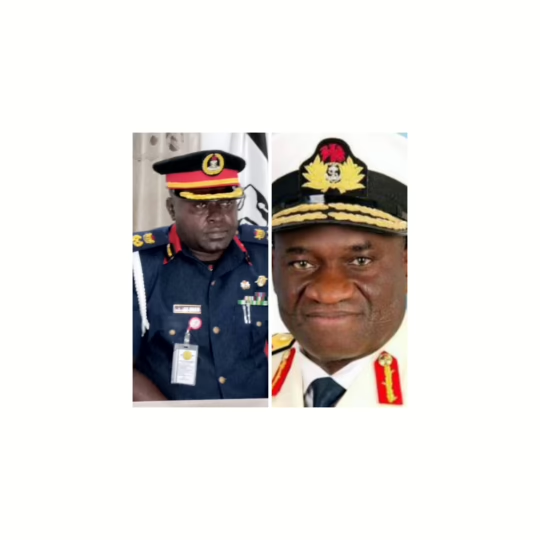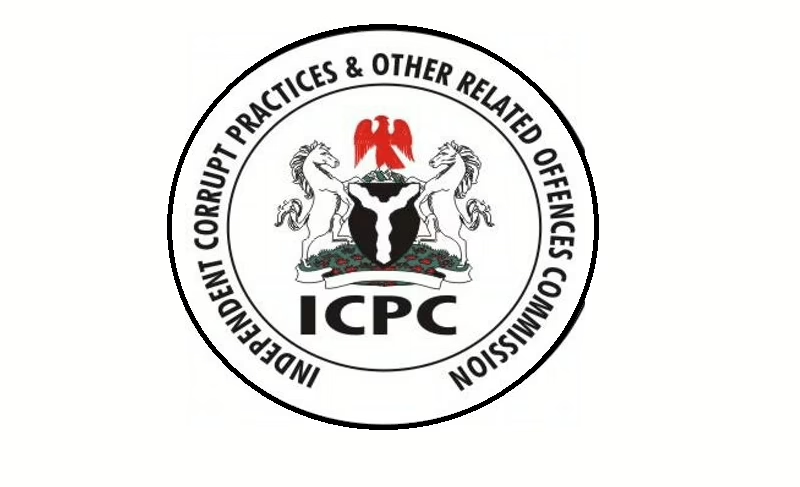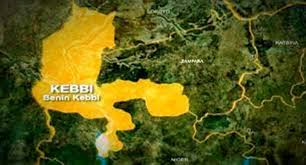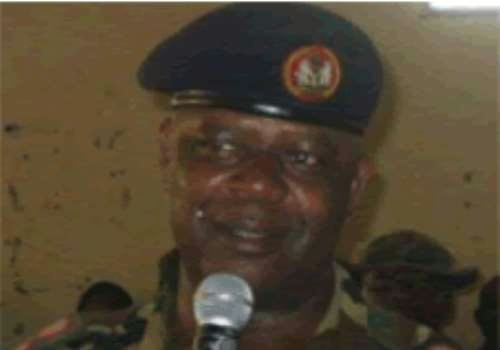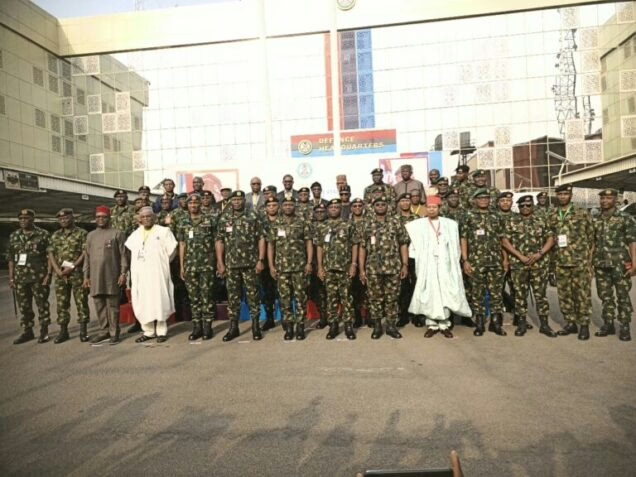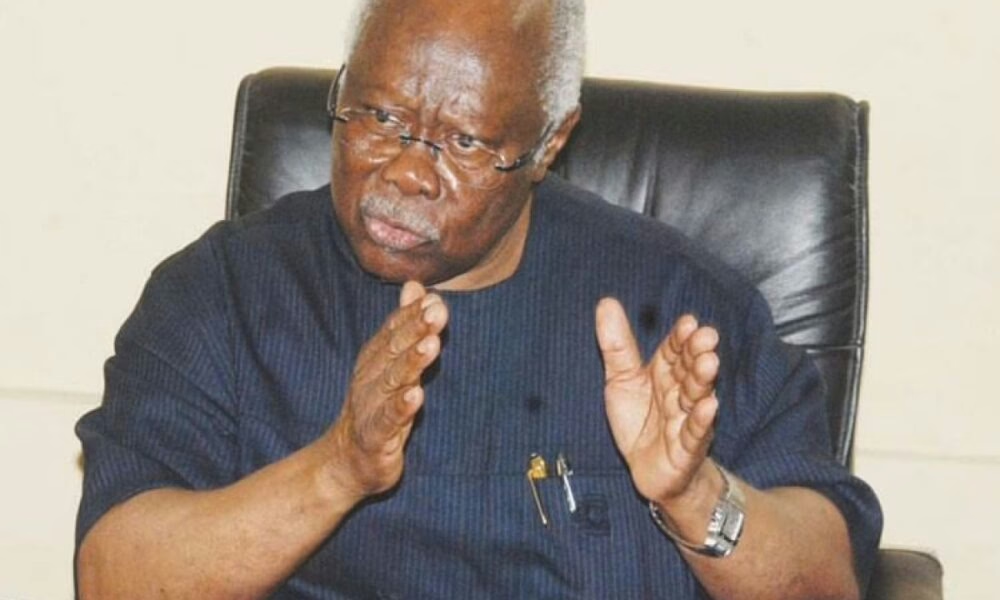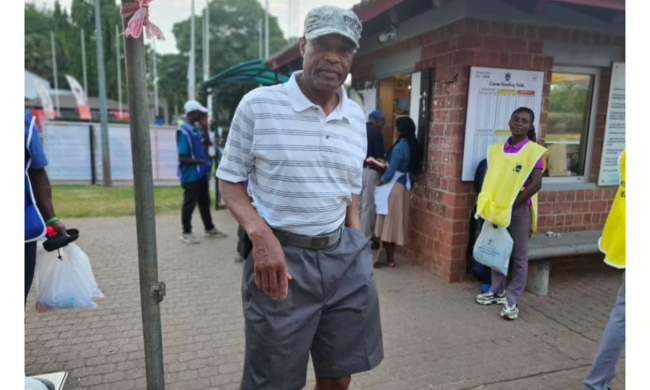Let me say in passing that I do not know what to make of the penultimate Monday visit of Justice Ibrahim Auta to the chairman of the Economic and Financial Crimes Commission. At that visit, the new Chief Judge of the Federal High Court spoke on the rule of law and the need to amend the Evidence Act. Perhaps the President of the Court of Appeal and the Chief Justice of Nigeria will also follow suit, since they are also stakeholders in the anti-crime war. I imagine the Speaker of the House of Representatives or Senate President (not as a member of the Committee of the House or Senate) paying a courtesy call to a federal agency. I thought it should have been the other way. It was the EFCC that should have visited the Chief Judge with its chairman addressing His Lordship on her feet. But was it a desecration or sacrilege? While Mrs Farida Waziri addressed His Lordship, she sat down. Well, when a masquerade has stayed too long in the arena, people say he loses his mystique and becomes ordinary. I do hope the Chief Judge will also visit the Force Headquarters of the Nigeria Police Force to talk about extra-judicial killings and the Police Act, and from there move to Defence Headquarters, to NAFDAC, ICPC, SON, Customs and Immigration, etc. May be I am really ignorant. I wish to be enlightened.
Now to the subject matter. Expectedly, the recent elevation of Justice Ibrahim Auta to the office of the Chief Judge of the Federal High Court has brought back the sad memories of the 1990s genocidal crimes of the government of Nigeria in Ogoni. The Nigerian authorities, under the then military Head of State, Gen. Sani Abacha, turned Ogoniland and some other parts of the Niger Delta to a killing field. The killing fiesta culminated in the murder of four prominent Ogoni elders on May 21, 1994 at Gionkoo and the subsequent hanging of eight Ogoni men, including the writer and environmental activist, Ken Saro Wiwa, in Port-Harcourt prisons, on November 10, 1995 after a farcical trial presided over by Justice Ibrahim Auta, now Chief Judge of the Federal High Court.
Indeed, history has come full cycle. It is a shame that the struggles of the Ogoni have been reduced to the issue of ‘Ogoni 4’ and ‘Ogoni 9’. The Niger Deltans have allowed the predatory government of Nigeria to fan the embers of ethnic/ tribal disunity, jealousies and primordial sentiments among the tribes in the South-South in order to sustain its rape of the people’s heritage. For me, there are no villains in the Ogoni struggles. The real villain is the Nigeria government, who set the Ogoni against themselves, tribal communities against one another in order to appropriate and expropriate the collective heritage of the Niger Deltans.
I do not even blame Shell and its money for the depredations in Ogoniland. If Shell conformed to best practices in the oil-bearing communities elsewhere in the world but chose to urinate and defecate in the Ogoni/ Niger Delta wells and waters, who is to blame?
After much study on the history of Abacha and the manner in which the agitation of the Ogoni people against turning their heritage into a wasteland was savagely suppressed by the military government, I had that sinking feeling that the ‘Ogoni 4’ could have been killed by Abacha’s agents with the sole aim of making Saro Wiwa the scapegoat, as part of the overall strategy of campaign of pacification of the Ogoni. It worked. Kenule Beeson Saro-Wiwa was the standard-bearer and epicenter of the Ogoni struggle against the ecologically disruptive and inhuman oil and gas exploration and exploitation activities of Shell, backed up by the federal might. His ‘judicial murder’ – to choose the phrase of the then British Prime Minister, John Major – was a masterstroke. The Ogoni were pacified. The trajectory of Abacha’s life shows that he could have masterminded the deaths of the ‘Ogoni 4’ in order to eliminate the ‘troublesome’ Saro Wiwa. Here is my evidence.
The man Abacha
ONE: Many Nigerians have heard about the Asaba Massacre, in which defenceless women and children were killed during the Civil War. Gen. Yakubu Gowon, the then Head of State and Commander-in-Chief, several decades after, tendered his apology for the unconscionable conduct of the federal forces in Asaba. But how many Nigerians know that Sani Abacha, then a young officer in the army, played a major role in that butchery spree? Notes Wole Soyinka in his memoirs, You Must Set Forth At Dawn: “I knew his record from the Civil War, so did the Army. Abacha was a prime player on the killing fields of the MidWest Region – men, women, even children – after the Biafran forces had been routed. The future maximum ruler did not discriminate. It was sufficient for him to be spurned by a woman or lose her to a rival, and a killing was guaranteed. Shehu Yar’Adua, then Chief of Army Staff, had recommended his dismissal from the army… the man who overruled this recommendation was none other than General Olusegun Obasanjo, then Commander-in-Chief and Head of State. Years later, Obasanjo would come within mere whiskers of death by firing squad under the machinations of this same psychopath, while Yar’Adua perished in his prisons, his arms tied behind him as he was forcibly injected with poison.”
Advertisement
TWO: Can one easily forget that it was General Abacha, then the right hand man of Military President Ibrahim Babangida, that was responsible for the killings of hundreds of protesters on the streets of Lagos following the annulment of June 12, 1993 elections? No, one cannot. And while Abacha’s agents were conducting selective murders of the members of the opposition and throwing bombs here and there, he was blaming all on the very direct/ indirect victims of his dastardly acts, NADECO!
THREE: And it’s quite an irony. Had the Abacha scheme succeeded, Babangida himself would have been roped into a phantom coup like Obasanjo, preparatory to his imprisonment or execution or both. Wrote TELL in its September 7, 1998 edition: “To get Bello-Fadile to lie against Obasanjo and Yar’Adua, he was tortured beyond human tolerance. Fadile, Gwadabe, Colonel Gabriel Ajayi, Major Akinloye Akinyemi and the over 20 other military officers implicated in that plot were hung upside down for 14 days… Gwadabe, the alleged ‘ringleader’, was given a script to confess to. He refused. So he had his fingernails pulled. The soldier gritted his teeth, refusing to cry out. Then he passed out. After he was revived by a dash of ice-cold water, his knee caps were smashed, with the intent to cripple him…”
On another phantom coup plot of 1997, TELL quoted a source as saying that “If the plan had worked, where Diya was to implicate Abubakar, and Tokoya had implicated Akhigbe, and Bako had implicated Bamaiyi, all of them, Diya, Abubakar, Akhigbe, Olanrewaju, Adisa and Bamaiyi would have been condemned to death and shot within 24 hours of their conviction.” Of course, the open statement of General Diya (in chains), accusing General Bamaiyi of being ‘the mastermind and executioner of this incident’, remains green in the memories of Nigerians.
FOUR: Colonel Yakubu Bako, former Military Administrator of Akwa Ibom State and a member of the kitchen cabinet of Abacha, is what any quintessential judge would describe as a credible witness. Said he: “Unlike the security ‘misadvisers’ who have all gone underground, I cannot deny Abacha, he was good to me even though I had my problems with him.”
In MY MISSION TO KILL OBASANJO, TELL August 28, 2000, Col. Bako narrated – albeit reluctantly – why he was roped into the ‘Diya coup’of 1997. “This particular day, Abacha was on the line (it was a special number between me and Abacha) and asked me to come and see him immediately… When I sat down, he asked me if I could recall the break into Bauchi Prison last year (June 1996)… He now asked me what could have been the public opinion if mistakenly, Fawehinmi was killed by the armed robbers… Thereafter, he told me that a similar prison break-in should take place in Yola in that 1997. And that as a trusted personalized staff, he was giving me the role of leading the break-in, and I would be assisted by other people I would get to know later. He said that what he really wanted me to do was to break into Yola Prison, kill one or two prisoners, release many armed robbery suspects and awaiting trial suspects, just like what happened in Bauch Prison. And most importantly, I must make sure General Olusegun Obasanjo, then in Yola Prison, was killed. Abacha reasoned that since a similar incident happened in Bauchi, which is in the same North-East zone, then his government could explain it away as a general phenomenon common to that zone. And that Obasanjo would be given a state burial with his body released to his family. Also, that he, Abacha, would instruct the Yola Prison comptroller to discipline some prison staff and used them as scapegoats over Obasanjo’s death…
“And I didn’t know that as at that day, January 5, 1998, Musa Adebe was in detention over the Diya coup plot. Abacha shook his head… Finally, in a very angry tone, Abacha asked me, ‘Why did you refuse to go and assassinate General Obasanjo despite the well-rehearsed plan?’ I kept quiet. He stopped and said I should go… I got home barely after 12 midnight, but two hours later, 2 a.m on January 6, Major Argungu and Alhaji Doba of NIA knocked at my door and said I was wanted in Aso Rock, where I was chained and taken into the aircraft. I met Diya in the aircraft, and he expressed surprise, saying: ‘Bako, what is wrong?’”
Does the reader still doubt that the intra and inter-communal crises in and around Ogoniland, which led to the mowing down of thousands of Ogoni youths, men, women and elders – beside the killings of those Ogoni and some other Niger-Delta youths protesting Shell and Chevron’s environmentally-degrading operations in the Niger Delta – by the Rivers State Internal Security Task Force, were all the machinations of the Abacha government as part of the campaign of pacification of the Ogoni? Indeed, the massacre of the ‘Ogoni 4’, as well as the judicial murder of the ‘Ogoni 9’, was part of the overall strategy of Abacha to pacify the Ogoni by force of arms and consequently drive terror into the hearts of other Niger Delta communities that might take their cue from the Ogoni. It worked, at least for a season…
…First published in June, 2011

